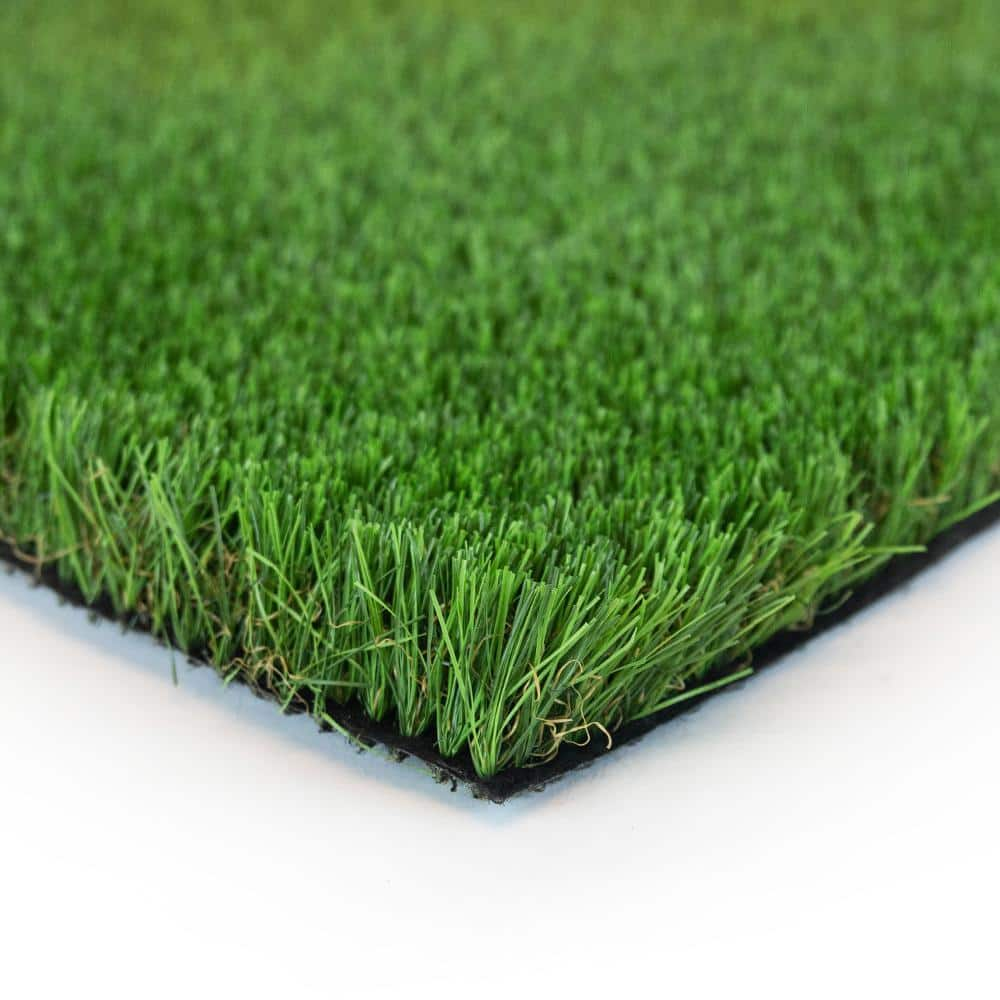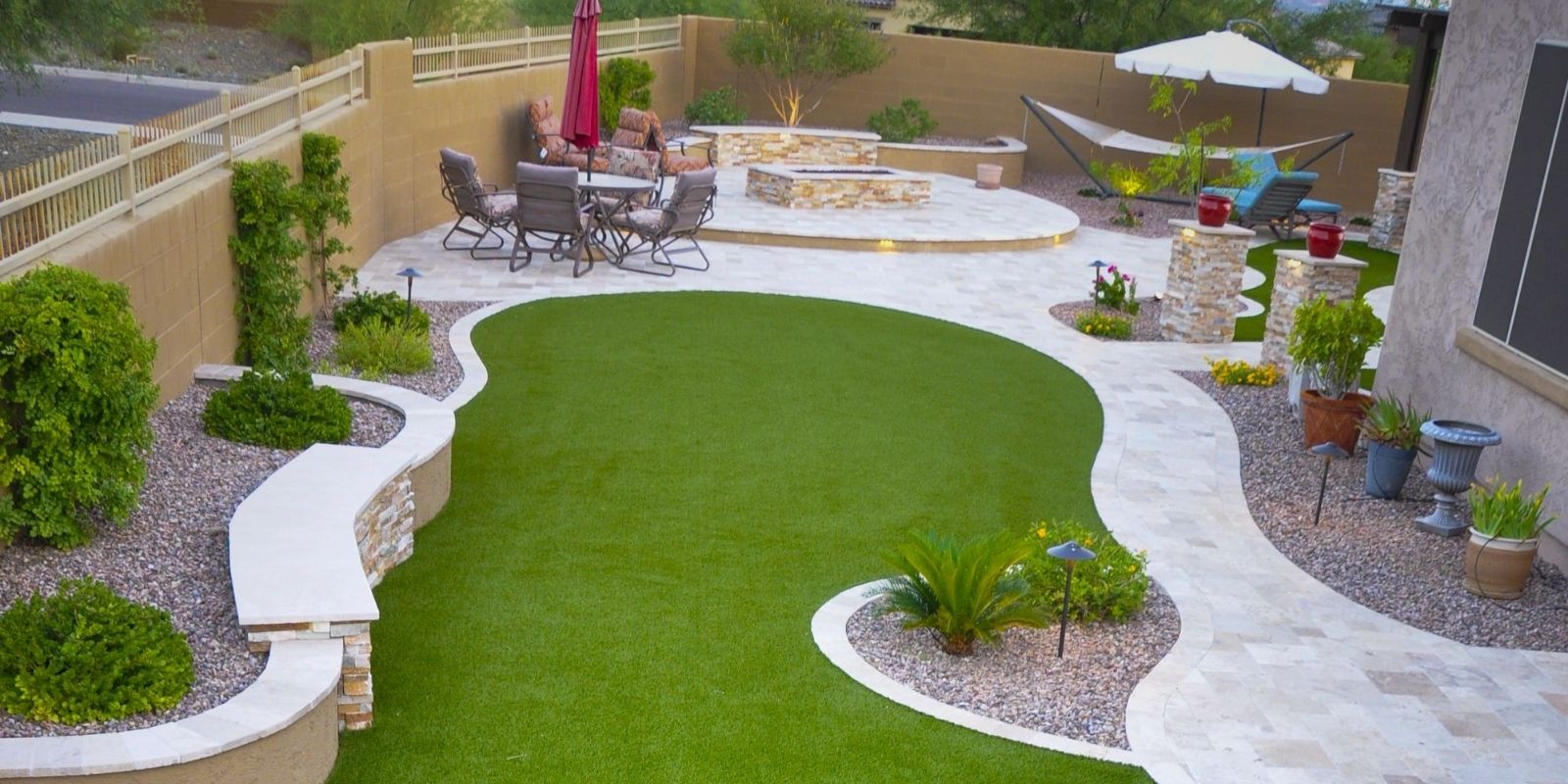Budget-Friendly Turf Installation Phoenix AZ for a Easy-Care Lawn Option
See Why Homeowners Prefer Artificial Turf for Lasting Landscape Design Practices
As house owners significantly prioritize sustainability in landscape design, man-made turf has become an engaging alternative to conventional turf. Its capacity to save water, decrease upkeep initiatives, and lessen environmental impact placements it as a functional choice for those seeking green options. Furthermore, the aesthetic charm and flexibility of synthetic grass satisfy diverse layout preferences. Nonetheless, the ramifications of this shift extend past plain comfort and aesthetic appeals, motivating a more detailed assessment of exactly how these choices affect wider environmental outcomes. What remains to be discovered is the full scope of advantages that synthetic grass can supply to home owners and the setting alike.
Water Preservation Benefits
One of the most substantial advantages of synthetic grass is its duty in water preservation. In contrast, synthetic lawn removes this demand completely, as it does not need watering.
Furthermore, the installment of synthetic grass can add to a much more lasting landscape. Property owners can significantly reduce their water costs, enabling reallocation of resources to various other ecological initiatives or house usages. Additionally, synthetic grass is developed to hold up against different weather conditions without the demand for additional watering, making it an ideal selection for areas facing water deficiency.
The ecological advantages extend past instant water savings. By reducing water usage, synthetic turf aids to reduce the impacts of environment modification, preserving vital ecosystems that are intimidated by too much water removal. As sustainable landscaping techniques obtain grip, man-made lawn becomes a responsible selection for house owners looking for to produce green outside rooms.
Decreased Upkeep Efforts
Synthetic grass dramatically decreases maintenance initiatives contrasted to standard grass lawns. With fabricated turf, property owners can eliminate the time-consuming tasks related to natural landscape design, such as mowing, feeding, and weeding. This not just conserves beneficial time but additionally lowers physical labor, making lawn care accessible for people of any ages.
Among the most notable benefits is the absence of regular mowing. Typical yards require constant trimming to maintain an aesthetically pleasing elevation, whereas synthetic grass continues to be continually lush without the requirement for reducing. In addition, house owners no much longer require to apply plant foods or chemicals, which are usually needed to maintain all-natural turf healthy and balanced. This shift not only lightens the work however likewise promotes a neater, more uniform look year-round.
Additionally, synthetic grass is durable and resilient, requiring minimal upkeep past periodic brushing and rinsing to get rid of particles. This simplicity of upkeep allows house owners to enjoy their exterior areas without the constant concern of upkeep, supplying more time for recreation and family tasks. Ultimately, the minimized upkeep efforts related to synthetic grass make it an enticing option for those looking for a low-maintenance, visually appealing landscape.

Ecological Impact Decrease
There is an expanding recognition of the environmental benefits related to synthetic grass, especially in regards to water conservation and minimized chemical use. Standard yards require significant amounts of water, particularly in drought-prone regions, resulting in enhanced strain on neighborhood water sources. On the other hand, synthetic grass removes the demand for watering, significantly reducing water intake and advertising sustainability.
Furthermore, conventional yard maintenance commonly involves the application of pesticides, herbicides, and plant foods, which can add to soil and water pollution. Fabricated grass reduces this ecological risk by calling for very little maintenance and essentially getting rid of the demand for hazardous browse this site chemicals. This not just enhances soil wellness yet likewise safeguards regional ecological communities from poisonous runoff.
Furthermore, the production of natural grass lawns generally includes the usage of fossil gas for cutting and landscape design devices, more adding to greenhouse gas discharges. By picking synthetic grass, homeowners can substantially reduce their carbon impact connected with lawn treatment activities.
Aesthetic Charm and Adaptability
In addition to its environmental benefits, man-made turf supplies considerable aesthetic allure and flexibility for landscape design. Homeowners can accomplish a lavish, green appearance year-round, getting rid of the seasonal variations typically related to all-natural grass. This consistent aesthetic not just boosts the visual appeal of a property however additionally adds to a refined and well-kept appearance.
Moreover, synthetic lawn is available in a range of designs, shades, and appearances, permitting customization to fit specific preferences and layout themes - Artificial turf companies phoenix. Whether made use of in domestic yards, industrial rooms, or recreational areas, it can perfectly integrate into varied landscape design layouts, from modern-day minimal to lavish exotic setups
The versatility of synthetic turf extends beyond simple appearance; it can be installed in various places, consisting of rooftops, patios, and even indoor spaces, producing chances for distinct landscaping solutions. In addition, it appropriates for a variety of tasks, from youngsters's backyard to pet-friendly environments, giving performance without compromising design.
Eventually, the aesthetic allure and flexibility of artificial turf make it an eye-catching choice for homeowners looking for lasting landscape design services that do not give visit this website up beauty for environmental duty.

Long-Term Expense Cost Savings
One of the most engaging benefits of artificial grass is its possibility for long-term cost financial savings. Unlike all-natural grass, which needs routine upkeep-- including mowing, watering, fertilizing, and bug control-- artificial turf substantially lowers these ongoing costs.
In addition, synthetic grass has a life-span of 15 to 25 years, depending on its high quality and use. This toughness reduces substitute expenses, making it an extra economical option over time. The preliminary investment in man-made turf can frequently be recovered via the financial savings accrued over time.
While the upfront expense may seem higher compared to sod installation, the cumulative savings from reduced maintenance i thought about this and water usage typically exceed these initial expenditures. Eventually, the adoption of synthetic grass not only advertises a sustainable landscaping service but also supplies home owners a financially wise option that straightens with lasting budgeting goals.
Conclusion
Synthetic grass arises as a compelling option for lasting landscape design, providing considerable benefits in water preservation, reduced maintenance efforts, and diminished environmental influence. As areas increasingly focus on eco friendly methods, the adoption of fabricated turf stands for a dynamic action towards attaining lasting and resistant landscapes.
In addition, artificial turf is designed to stand up to different climatic conditions without the requirement for additional watering, making it an excellent choice for regions facing water scarcity. (Artificial turf companies phoenix)

Fabricated lawn emerges as a compelling alternative for sustainable landscaping, supplying considerable advantages in water preservation, minimized maintenance efforts, and lessened environmental impact.